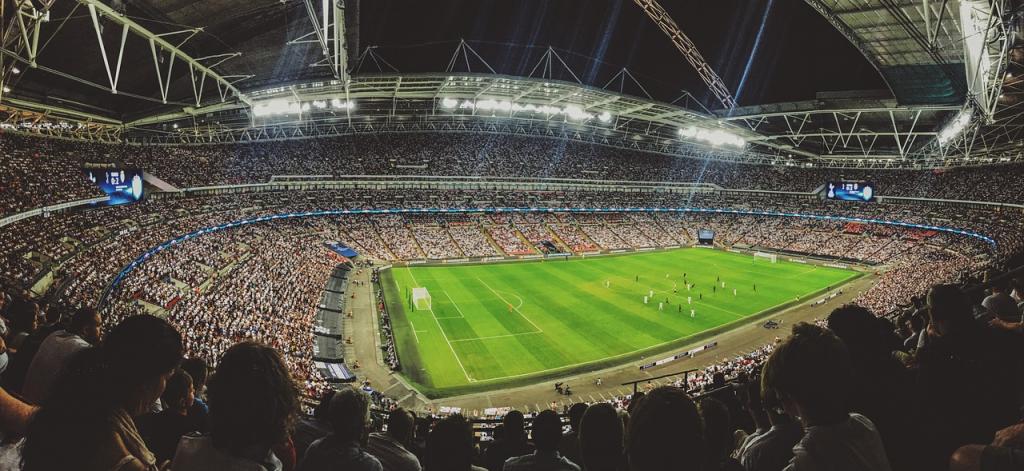Proper lighting is required for pretty obvious reasons during the game. First of all, if it’s that time of the year where the days are short and the nights long (or you simply live in a place like that) you can actually hold a game whenever you want. Another reason is that you won’t have to stop a game because it got extended, and it’s getting dark out. If you want the players to actually play properly, they need to see properly.
In addition, good lighting allows the refs to make good calls, as well as the ability to see if a player was injured. It’s much about safety as it is about your enjoyment. Finally, proper lighting on a professional football field can allow the owners to rent it out and to use it practically 24/7, increasing revenue.
Now, as we’ve said, all of these sound pretty obvious. However, what most people are not aware of is the actual preparation, requirements, and general hard work that goes behind getting proper lighting. If you want to get the most out of your lighting, you need to take a couple of things into consideration.
General information

The most common type of lights used are LEDs. They provide the most optimal lighting for any field or stadium, due to the consistent level of light they provide, and the fact that the light they give out is very close to daylight colour.
Still, this is not to say that you should limit yourself to only this system. Depending on your needs, and your set-up, different types may be needed. Furthermore, you should know that many countries have their own illumination engineering society. In America, for example, you have the Illuminating Engineering Society. Now, this is relevant because quite often (as is the case for the USA group) these societies have their own journals and publications which deal with various topics in their chosen field. For example, The Illuminating Engineering Society has a section dedicated to lighting in sports and recreation.
The aforementioned publications usually deduce what the most optimal light levels are for both the players and the audience. The best information can be gathered there, as can be gleaned from a professional lighting company, like Legacy Sports Lighting, which is probably your best bet for custom and specific information. Still, it’s always useful getting some general information.
Pole set up
Something that every field needs are floodlights. For football, you can get a system of either four or six poles. If you get four poles, you set them up by having two poles on each side, as far away from the sidelines as possible. These are often stronger and taller. Six poles means you have three on each side, closer to the sidelines, due to them being weaker and shorter.
The next thing you need to take into account is the angle of the beams. Know, what you want to avoid when setting up a proper beam spread is to avoid a hot spot. A hot spot is a very specified and directed spot of light. Essentially, there is too much light on that one area. It can be quite literal after a time since the lights can actually heat up said area. As far as pole height is concerned, the minimum height is 50 feet. Its height may increase, in order to prevent glare from occurring, as well using the light beam more efficiently.
Colour temperature and intensity

The standard in football is a collated colour temperature of 5600 Kelvin, very close to the Sun’s natural colour temperature (5778K). Another relevant point are foot candles. This is a unit representing light intensity, and it represents the light (illuminance) that is cast over a foot away from the actual source of light. For the NFL, 250-foot candles are used. For college level football they use 150-foot candles, while high school football requires a level of 50-foot candles.
Conclusion
There are many considerations people don’t think about when setting up a lighting system for a football field. This quick and easy article should serve as a nice introduction to lighting necessities.






